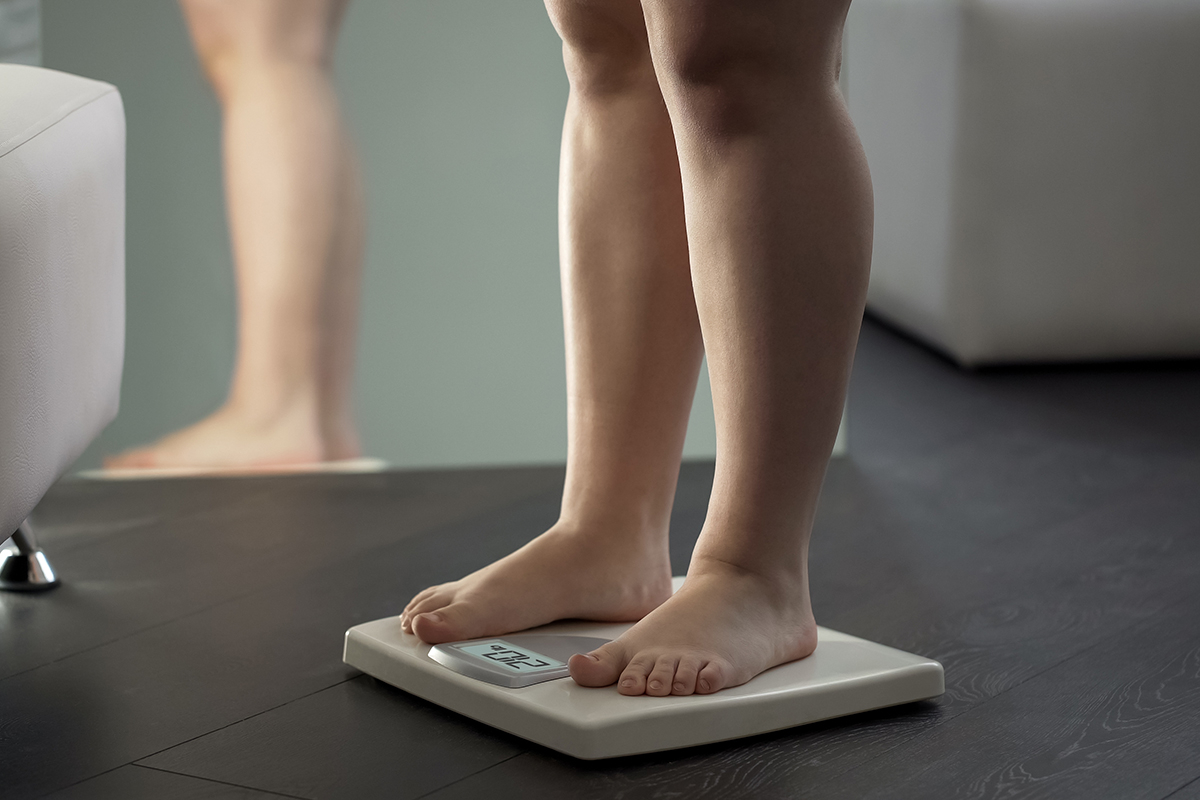
Obesity, which has become a chronic public health problem all over the world, is a treatable health problem. Surgical or non-surgical methods are commonly used in the treatment of obesity. So what are non-surgical obesity treatments? To whom does it apply?
What are Non-Surgical Obesity Treatments?
The World Health Organization defines people with a Body Mass Index over 30 as obese, and those over 25 as overweight. Obesity is an important health problem that affects both children and adults all over the world. Obesity; It can occur due to various reasons such as unhealthy eating habits, sedentary life, hormonal problems. It is very important to make lifestyle changes during the weight loss process. The fact that the energy spent is more than the energy taken often helps to lose weight in a healthy way. In other words, in the treatment of obesity, first of all, a suitable diet and exercise program is determined for the patients. In addition, medical drug therapy can be applied under the control of a doctor in patients with suitable general health status. However, it may not always be possible to reach the targeted weight with diet, exercise or medical drug therapy. In this case, other non-surgical obesity treatments are evaluated. In addition to diet, exercise or drug therapy, non-surgical obesity treatments include interventional applications. Methods such as gastric balloon and stomach botox are the methods frequently used in the non-surgical treatment of obesity today.
Interventional Methods in the Non-Surgical Treatment of Obesity
In addition to diet, exercise or drug therapy, non-surgical obesity treatments include interventional applications. Methods such as gastric balloon and stomach botox are the methods frequently used in the non-surgical treatment of obesity today.
Obesity Treatment with Gastric Balloon
Gastric balloon, namely intragastric balloon treatment, is a treatment method that aims to reduce the volume of the patient's stomach and limit the amount of food taken in a single meal. In addition, patients with gastric balloons feel full for a longer period of time due to the reduction of stomach volume. Today, there are different types of gastric balloons. One of them is the endoscopic gastric balloon. During the endoscopic gastric balloon application, the specialist doctor first applies a light sedation to the patient to relax the patient. Then, it reaches the patient's stomach with the help of the endoscope and places the intragastric balloon at the end of the catheter into the stomach. The balloon is then inflated with water or a special substance called saline. At all stages of the procedure, the doctor monitors the process with the help of the camera at the end of the endoscopy device. When the balloon reaches a certain volume, the doctor removes the catheter at the end of the balloon. The duration of the balloon in the patient's stomach varies between 4 or 6 months. At the end of this period, the specialist doctor removes the balloon from the patient's stomach by endoscopic method. The effect of developments in science and technology is also seen in gastric balloon applications. In recent years, in addition to the endoscopic gastric balloon, the treatment of obesity with a swallowable gastric balloon has also been successfully applied. The patient swallows the balloon in capsule form with the help of some water. If the patient has difficulty swallowing the capsule, the doctor can help the patient swallow the capsule with the help of a special instrument. During this procedure, no drugs with anesthetic properties are administered to the patient. At the end of the balloon is a special apparatus that looks like a thin wire. This wire allows the balloon to move freely towards the stomach. In addition, the doctor inflates the balloon with the help of this apparatus. When the balloon reaches the desired volume, the apparatus at the tip is removed. The patient can return to his daily life on the same day. The swallowable gastric balloon remains in the stomach for approximately 6 months. At the end of this period, the valve at the end of the balloon, which is used to inflate the balloon, melts and the balloon deflates. The balloon, whose volume is reduced, passes into the intestines and is excreted from the body with feces.
Stomach Botox
Another method that has been widely used among non-surgical obesity treatments in recent years is stomach botox. During the botox method, which is widely used to remove skin defects, the toxin substance obtained from Clostridium botulinum bacteria is injected into the muscles. The communication between the nerves and the muscles applied Botox slows down. During the stomach botox process, the toxin substance is injected into the stomach wall. In this way, the contraction and relaxation of the stomach slows down and the stomach empties in a longer time. Accordingly, the person who is applied stomach botox feels full for a longer time.
Non-surgical obesity treatments aim to reduce stomach volume and provide a longer feeling of fullness without the need for any incisions and stitches. Obesity can cause more serious health problems. Therefore, it is an important health problem that needs to be treated. You can also apply to the nearest health institution to get information about obesity treatments.

Obesity is defined as excessive or abnormal fat accumulation in the body to the extent that it impairs health, and it is a condition that affects the whole body. Approximately 600 million of the 1.9 billion adults described as overweight in the world are obese. It is estimated that obesity will reach 1 billion people by 2030 (1,2).
Detail
Obesity, which has become a chronic public health problem all over the world, is a treatable health problem. Surgical or non-surgical methods are commonly used in the treatment of obesity.
Detail
Type 2 diabetes, known as diabetes mellitus among the people, is a disease that occurs due to unhealthy and malnutrition, inactivity and irregular life.
DetailFor all your questions, comments and suggestions,
you can contact us via the form below.
Gürlife Hastanesi
Obezite ve Diyabet Cerrahisi
Fevzi Çakmak Mah. Akınsel Sok. No:1
Tepebaşı Eskişehir
0552 200 59 69
+90 507 350 07 26 (EN)
You can reach us through our social media channels,
you can be informed about innovations.